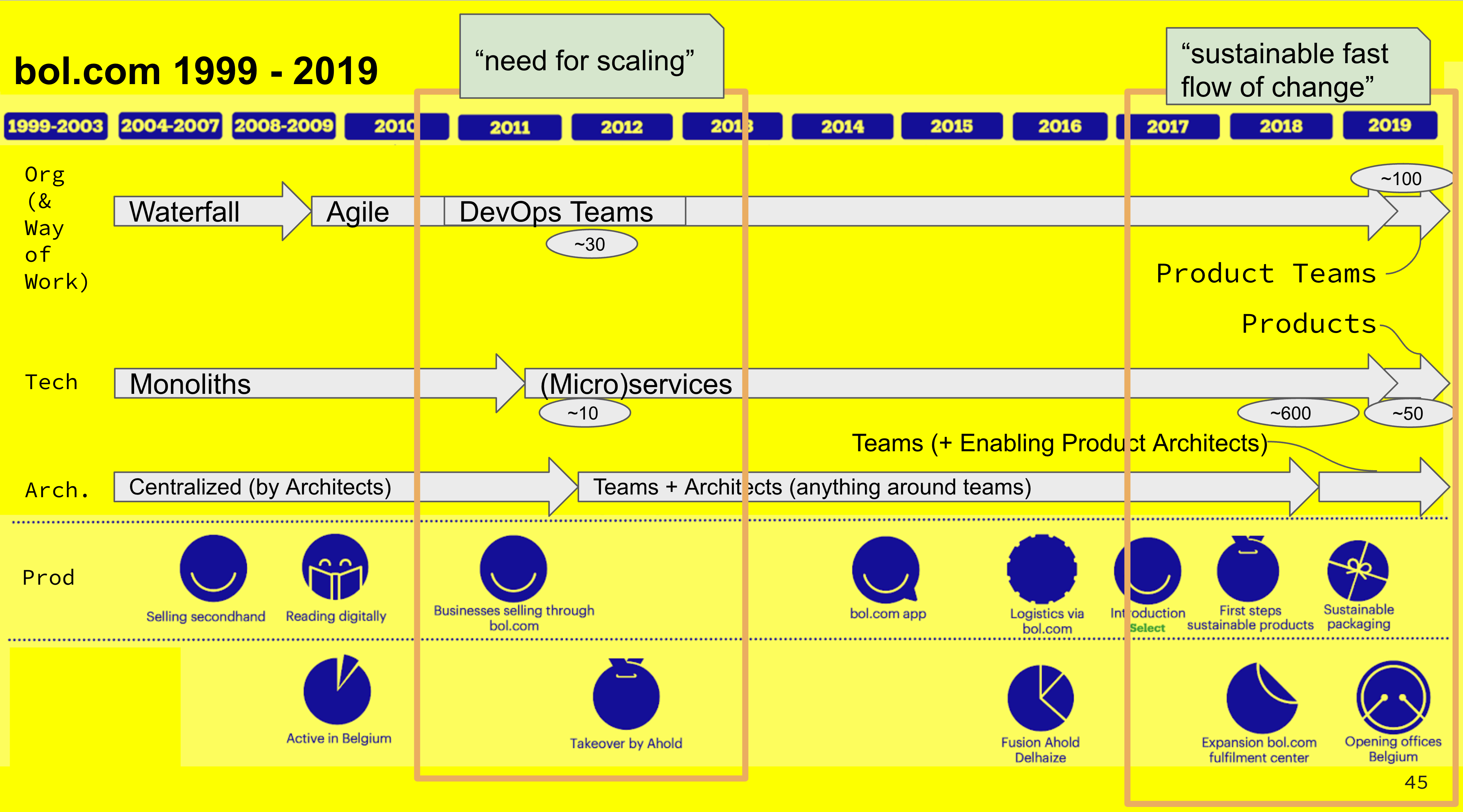Towards Sustainable Learning, Designing and Decision-making (Keynote Agile Tour Vienna 2023)
I was really happy to be invited to do the keynote opening for the Agile Tour Vienna Conference edition 2023. This long-running event started as a local event but, over time, has become a great international conference on different topics around Agile and going beyond Agile. There were a lot of interesting talks and many engaged people. I had a great time and many interesting discussions over the whole day.
My talk was titled: Towards Sustainable Learning, Designing, and Decision-making, and it covered the following topics:
- The need for modern organizations building software to embrace that they are not operating on “predictable domains and problems”; they primarily work on unpredictable problems, which require more experimentation and learning by the teams close to the problems (as opposed to the classic ivory tower design)… and this is why they need to have a more significant focus on promoting more learning and more decentralization of design and decision-making, so they can be more prepared to respond to their environment;
- Embracing that is essential as the rate of change in innovation, market, and customer expectations are not slowing down, and most organizations still are using old-fashioned “controlling operating models”. They somehow create those innovations by “stretching” their people and adopting complex processes. However, this is also creating a lot of accidental complexity in its sociotechnical systems (I call this “Sociotechnical Accidental Complexity” or “Sociotechnical Debt”). By continuously doing that, organizations will find it increasingly more difficult to respond to future challenges;
- Given this, it is becoming bluntly clear that modern organizations need to accelerate the modernization of their operating models: evolve and nurture more substantial and structural changes that allow the organizations to achieve sustainable learning, design, and decision-making instead of “buying frameworks” and “adopt complex processes” to help them (without touching on their fundamental issues and structures);
- To showcase that these changes are not a “dream”, I shared how bol.com (the largest online retailer in the Netherlands and Belgium) evolved over the last 20 years. I highlighted how they continuously responded to their environmental needs, challenges, and opportunities and developed structural changes in their organizational structures, ways of working, and approach to architecture (see a picture of that evolution below).
- I ended the talk with a call for action to “not stop in the middle” - or the classic transformation, where the organization starts adopting Agile and a few other practices and stops listening to the drivers for change. This is a pitfall I see many orgs falling into. It is essential to engrain a continuously evolving culture to support that sustainable fast flow of change. I shared several thinking models and practices I have been seeing and working on, which I believe can help.
Below, you can find the video and slides of the talk.
deck:
ℹ️ I offer consulting services and products on this topic
If you are looking for help on these topics feel free to contacting me, and/or check my consulting and products pages for more details on how I may be of help.
